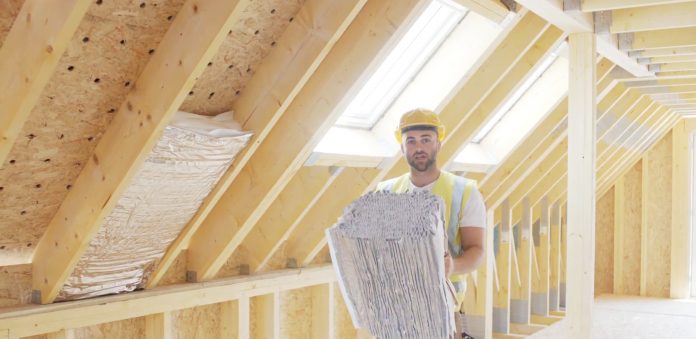Insulation specialist Actis has welcomed the NHBC’s report into the future of Modern Methods of Construction (MMC)
An in-depth NHBC report into how lessons learned from the past century can help increase the use of timber frame and other Modern Methods of Construction in the future has been welcomed by Actis.
The 48-page document, ‘Modern Methods of Construction: Building on Experience’, looks at steel and concrete as well as timber construction. It examines the drivers which sparked their use in the past and how problems encountered can be used as learning tools to ensure the industry can provide enough high-quality homes over the coming decades.
‘Follow our lead’
Actis specification manager, Dan Anson-Hart, whose company works with many timber frame specialists in the UK, says the report should now give volume builders the confidence to follow their lead.
“Offsite production is much quicker than brick and block, making it an ideal way to build the homes we so desperately need here,” explained Anson-Hart.
“But speed is just one of its merits. It is not speed at the cost of quality. Far from it.
“Construction within a factory environment means each stage of the process is carefully measured, with construction details clearly laid down, to ensure the performance of the final building is as predicted. From a thermal point of view a timber frame building can be much more efficient than its traditional equivalent.
“Elements such as wiring, plumbing and insulation take place in the factory. Our insulation systems, which can eliminate thermal bridging and in real life deliver or improve on the U-values predicted under lab conditions, take between 25 and 50% less time to install than traditional alternatives, which all helps to speed up the process.”
‘An opportunity to innovate’
In his foreword to the NHBC report, Government MMC champion Mark Farmer, said: “Calls for a system of prefabrication, which would enable us to build houses in the same way as cars and aeroplanes, have been made for nearly a century – often as a response to the extreme need that followed times of social and economic upheaval.
“As we navigate the Covid-19 crisis and come out of the EU, there is, again, an opportunity to innovate, to build better with homes that use new technology and delivery mechanisms, meet Net Zero Carbon targets, and provide jobs of the future.”
The report concludes: “We must harness technological advances and digitally enabled design and deliver economical and numerous factory-made homes to respond to pressing housing need and the climate crisis. Homes should be better performing, good-looking and long-lasting, be spacious and comfortable and enhance neighbourhoods.
“Design should be based on established good practice principles such as construction detailing and building physics like heat loss and ventilation.
“Material assemblies should be tested as a complete system and prototypes should be tested to investigate performance over wide ranging and seasonal variations and for the expected life of products.
“If basic good practice construction detailing is followed; a standard template is used but homes do not appear monotonous and systems employ existing prefabricated building components, factory-made homes could help to unlock the UK’s housing crisis and contribute to tackling the climate emergency.”














